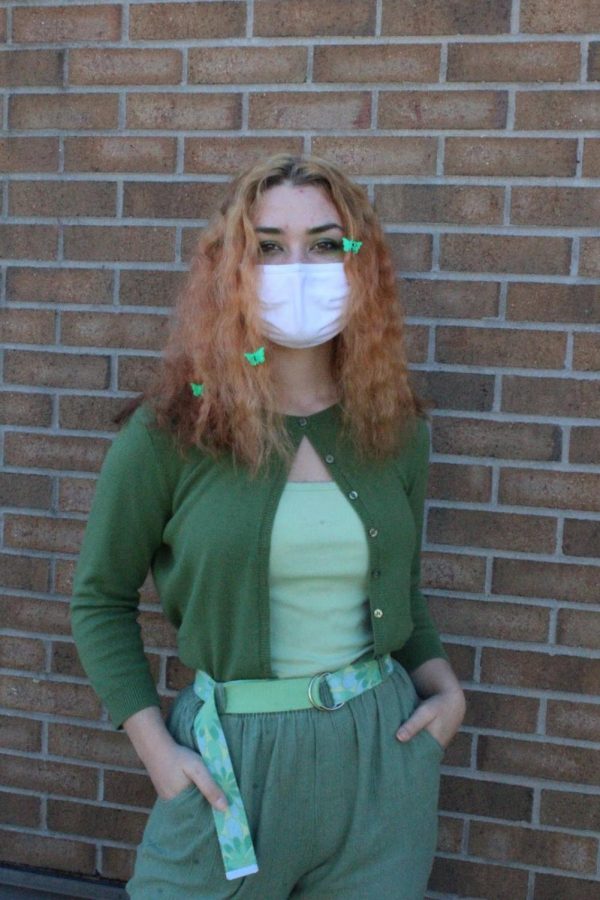Thrifting vs fast fashion: Is there a better way to keep up with trends?
October 28, 2020
Trends change weekly. Doc martens, cheetah print, mom jeans, and star jewelry are the most prominent in today’s fashion, but what’s next? It is practically impossible to keep up with ever-changing trends and keep your wallet happy, or so you thought.
The term fast fashion is used to describe clothing designs that move quickly from fashion shows to stores.
Fast fashion allows consumers to purchase trendy clothing at an affordable price; however, to reduce costs and speed up production time, environmental concerns are often disregarded.
The positives involving fast fashion are evident. Trendy and cost-efficient clothing. But what about the negatives?
What you don’t see is the use of toxic textile dyes that contributes to the second largest polluter of clean water globally. As well as producing 10% of all humanity’s carbon emissions.
Fast fashion brands include Forever 21, Zaful, Boohoo, and Fashion Nova.
On the other hand, more environmentally conscious brands are Patagonia, Pact, Outerknown, and TOMS.
Other brands such as Reformation and Everlane are ones that take notice of such issues and strive for a better work environment and minimize the consumption of natural resources.
But a reverberation of this is that sustainable brands often come with a higher price tag than their fast-fashion competitors.
Meanwhile, thrifting has taken the world by storm. The environment has only benefited from this new upcoming fad of taking gently used clothing and giving it a new life.
There are numerous reasons behind the rise of thrifting. The fast fashion industry has faced persistent controversies regarding the unethical treatment of workers and the dismissal of global environmental issues.
Nevertheless, thrift stores provide clothing for the environmentally and ethically conscious trend followers who do not want to break the bank.
Thrifting is not just an entertaining way to find unique pieces but it’s also a way to give back to your community.
The thrill of finding new pieces for a good price as well as helping the environment is what compels most people to shop at thrift stores.
“I love that I’ll never have the same clothes on as someone else in the school.” states Cassidy Rose.
“It’s gotten to a point where I can’t even fathom shopping at department stores. I have no clue why anyone does it. You have the option of getting cute, cheap, sustainable (reduce, reuse, recycle if you know what I mean), unique clothes and you choose to buy the same pair of $40 jeans everyone else has?”
The pros of thrifting are the low prices, unique pieces, and the ability to up-cycle anything you find by adding your touch.
Cassidy Rose also states “Occasionally I’ll flip some of the things I thrift—and I’m very keen on sewing—but more often than not I leave them as is. I do find new ways to style pieces though.”
But what about the drawbacks of this otherwise appealing trend?
Simply, It’s used. A lot of the time, your quirky finds are not going to be in the best of shape. As well as it takes longer to find the things you are looking for. If you need something TODAY, thrift shopping might not be your best bet.
To finish off, no returns. Some thrift shops do allow returns in exchange for store credit. But otherwise, it’s not as easy as the return process at American Eagle, H&M, or Hollister.
As both options come with pros and cons, next time you find yourself buying from a fast fashion brand, look to your local thrift store for clothing that tells a story. To learn more about thrifting check out this article by CCCHS Alumni and former Coffee Press member, Kathryn Welch.




